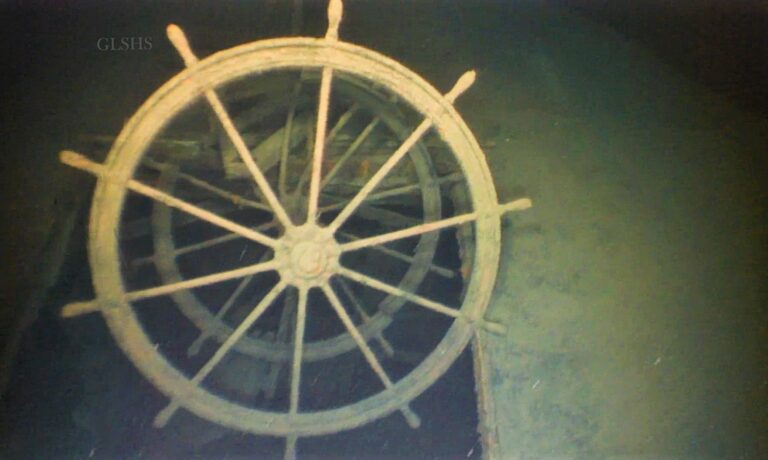Finding the wreck of the Arlington some 200m deep in Lake Superior has solved the mystery of where the 74m bulk-carrier sank – but not the actions of her captain 84 years ago.
The significant discovery, some 56km north of Michigan’s Keweenaw Peninsula, has been announced by the Great Lakes Shipwreck Historical Society (GLSHS). This non-profit body was formed in 1978 by a group of scuba divers and educators to explore historic wrecks in eastern Lake Superior from its base in Michigan, USA.
Also read: 108m-deep steamer wreck had ‘new look’
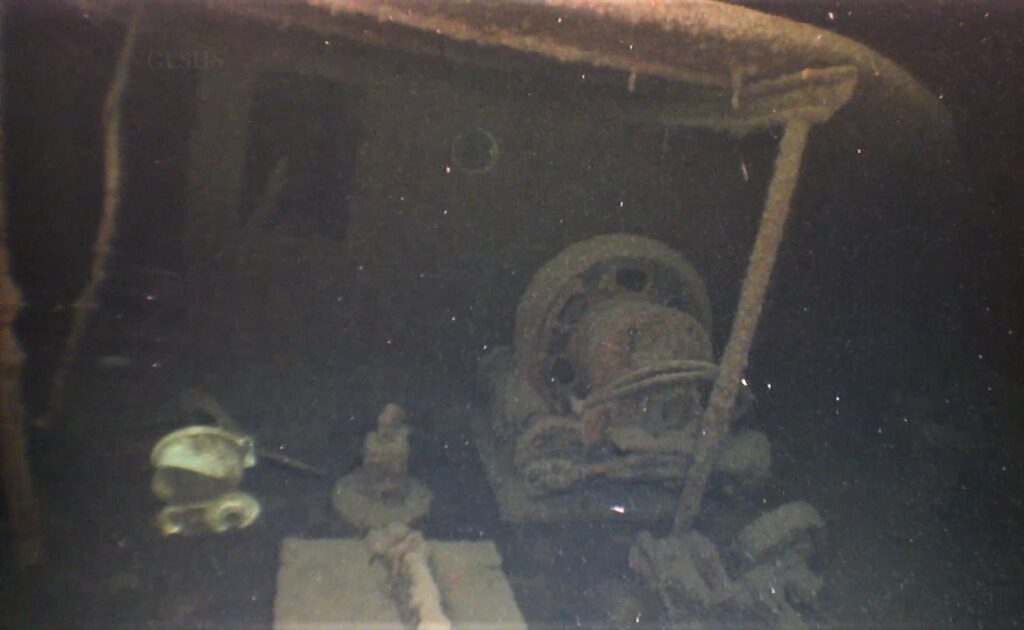
Over the past 10 years, shipwreck researcher Dan Fountain had been studying remote sensing data in the lake when, on finding a particularly deep anomaly, he sought assistance from the society.
Last year he joined GLSHS director of marine operations Darryl Ertel and the crew of the research vessel David Boyd to survey the mark using side-scan sonar. They established that it was a shipwreck, and now ROV dives have positively identified it as the long-lost Arlington.
On 30 April, 1940, Arlington had left Port Arthur in Ontario with a full load of wheat bound for another Ontario port at Owen Sound on Lake Huron.
The ship and a larger cargo vessel, the Collingwood, were crossing the lake in fog but, as night fell, a storm whipped up and battered both ships, causing Arlington to take on water.
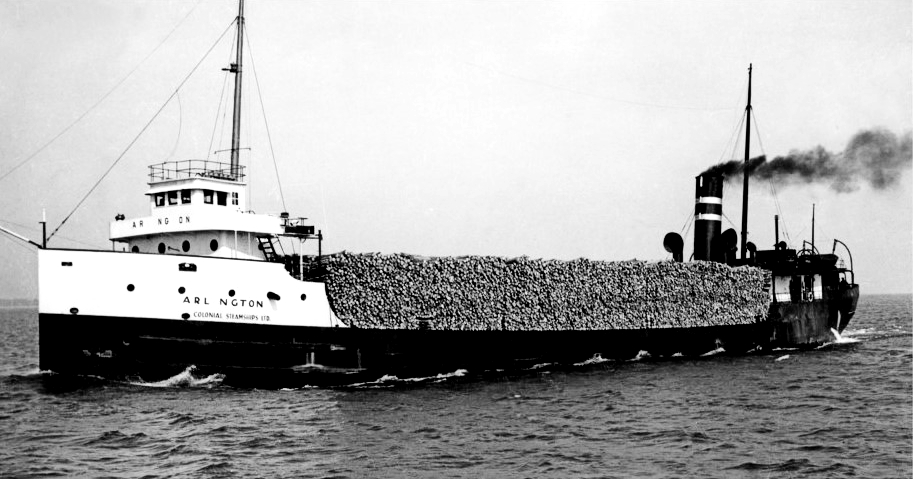
Her first mate Junis Macksey sought to take cover from the wind and waves by steering close to the Canadian north shore, but experienced captain Frederick “Tatey Bug” Burke countermanded Macksey’s order and set Arlington back out into open water.
On 1 May at around 4.30am the Arlington started to sink, and chief engineer Fred Gilbert sounded the alarm as, without orders from Captain Burke, the crew began to abandon ship. All except the captain made it safely aboard the following Collingwood.
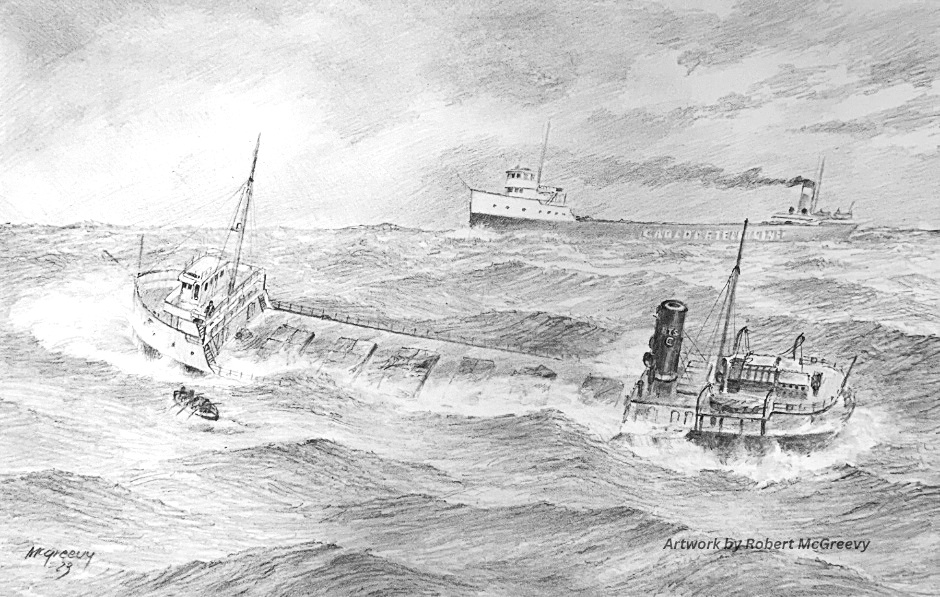
A subsequent investigation failed to establish why the captain had gone down with his ship, because his death seemed unnecessary with Collingwood so close by. According to eyewitness accounts he had been near the Arlington’s pilot-house waving at the other ship only minutes before she sank.
“We are lucky to have so many dedicated shipwreck historians and researchers as friends of GLSHS,” observed the society’s executive director Bruce Lynn. “And this was absolutely demonstrated when Negaunee resident Dan Fountain approached us with a potential target near the Copper Harbor area of Lake Superior.
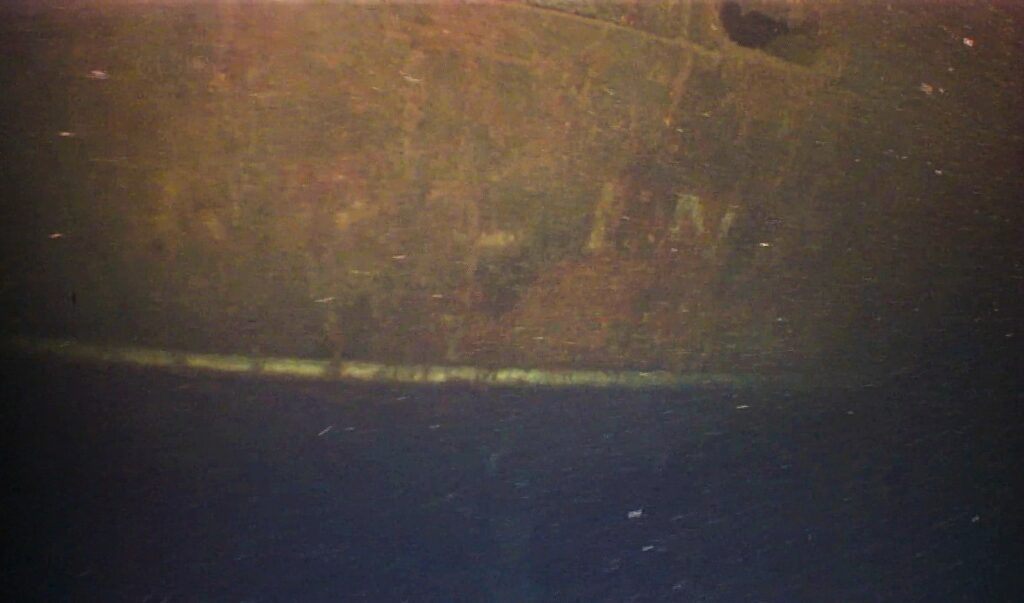
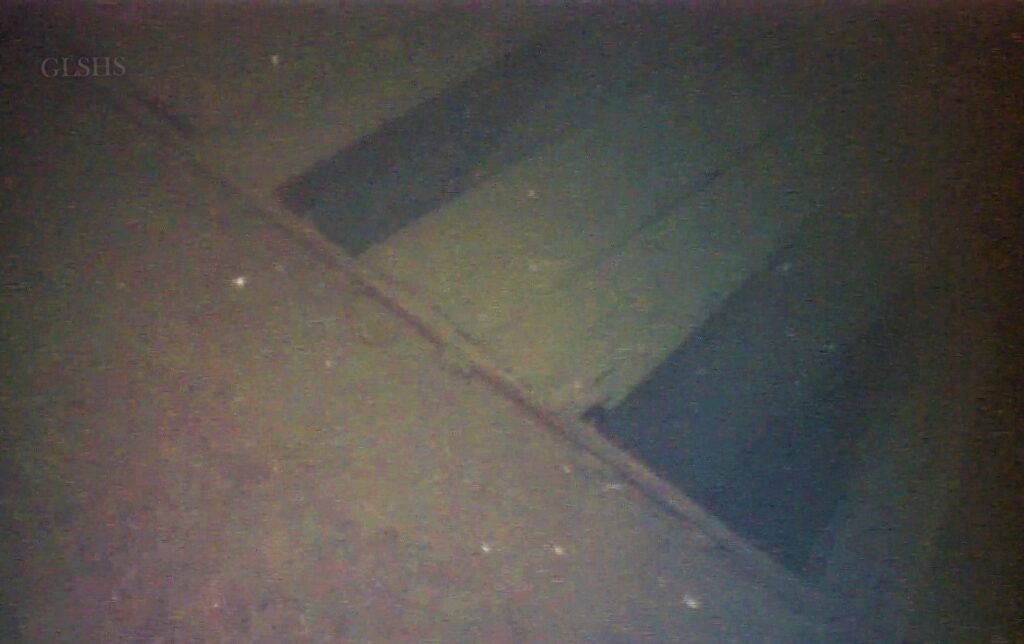
“These targets don’t always amount to anything… but this time it absolutely was a shipwreck, a wreck with an interesting and perhaps mysterious story. Had Dan not reached out to us, we might never have located the Arlington… and we certainly wouldn’t know as much about her story as we do today.”
“It’s exciting to solve just one more of Lake Superior’s many mysteries, finding Arlington so far out in the lake,” commented Fountain. “I hope this final chapter in her story can provide some measure of closure to the family of Captain Burke.”
The GLSHS operates the Great Lakes Shipwreck Museum at Whitefish Point and the US Weather Bureau Building at Sault Sainte Marie, both in Michigan. The museum is open to the public from the start of May through October.
Also on Divernet: 100-year-old wreck: mate went back for dog, Satellite tug discovered at 90m in Lake Superior, Atlanta wreck identified in cold Lake Superior
